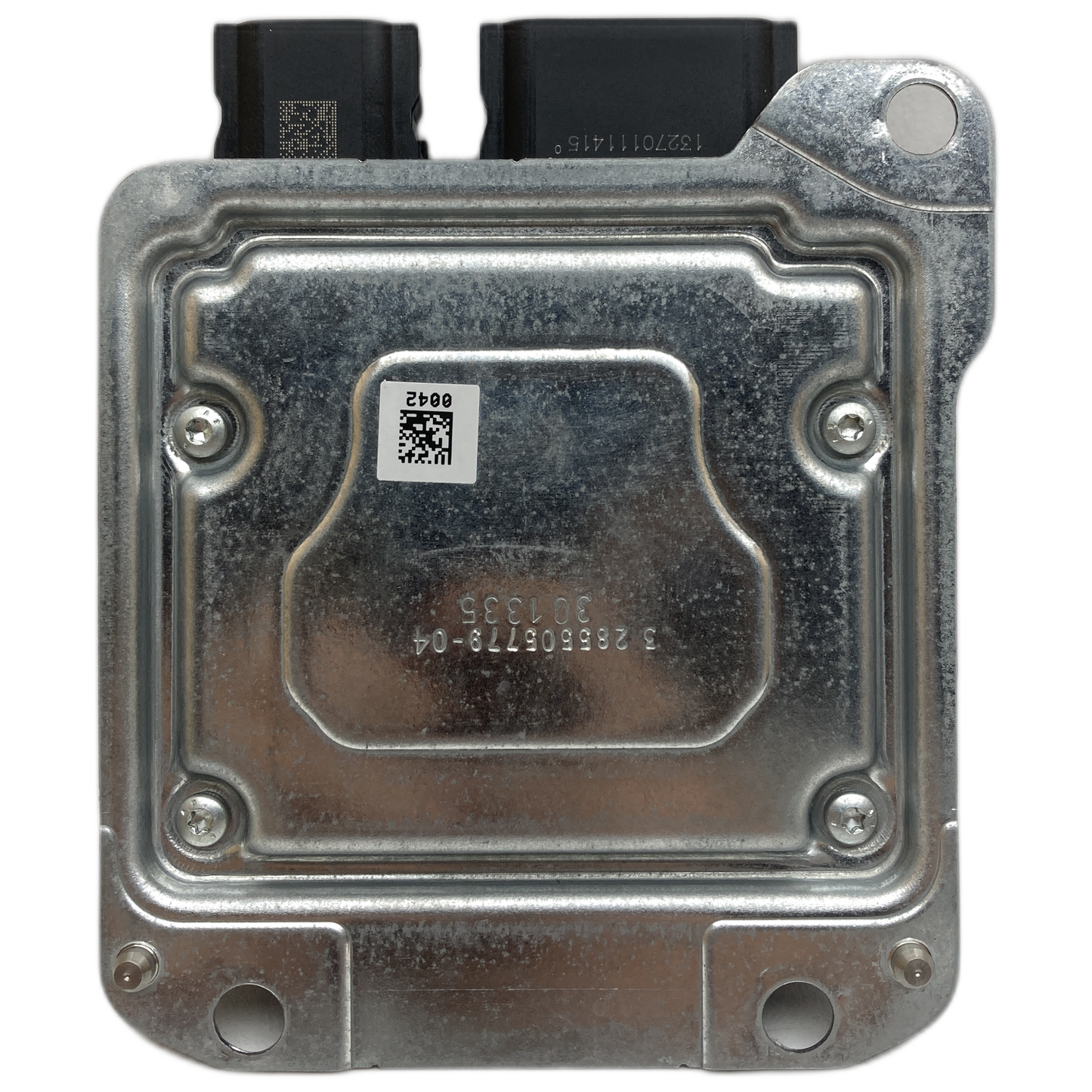What is a Ford Kuga Mk2 airbag control unit?
The Ford Kuga Mk2 airbag control unit is the central safety unit that activates all occupant restraint systems in the event of an accident. It precisely monitors sensors, stores relevant crash data, and ensures the immediate and proper deployment of all airbag modules in the vehicle—a critical component for occupant safety.
This essential module is responsible for the Supplemental Restraint System (SRS) of your Ford Kuga Mk2 (DM2, built between 2012 and 2019).
It acts as the brain of the airbag system, processing signals from impact sensors and making decisions about the need for airbag deployment in milliseconds.
Why is the Ford Kuga Mk2 airbag control unit faulty?
A Ford Kuga Mk2 airbag control unit can be faulty because it stores crash data after an accident, triggering a fault condition, or because internal electronics have been damaged by aging, moisture, or overvoltage, which often requires a Ford Kuga Mk2 airbag control unit repair.
After an impact, the control unit stores irreversible crash data that can block system function.
External influences such as water damage, short circuits or incorrect diagnostic attempts can also lead to a module failure and make repair or replacement unavoidable.
Common error codes for Ford Kuga Mk2 airbag control unit repair
When repairing the Ford Kuga Mk2 airbag control unit, specific error codes indicate problems ranging from internal control unit errors and communication problems to stored crash data, which may require a reset or replacement of the module. A precise diagnosis is crucial here.
These codes indicate malfunctions and are essential for a successful diagnosis of the defective airbag control unit.
Accurate interpretation of error codes helps to locate the cause of the failure and find the correct method for repair.
- B0001: Driver airbag circuit faulty → High resistance or open circuit.
- B1193: Crash data saved → module must be reset/deleted.
- U3000: Control unit error → Often internal, e.g. due to stored crash data.
- U2017: Communication error → After crash with other vehicle systems.
- B1342: Statistically stored error → Permanently active, indicates an internal defect.
- 588 (Manufacturer Code): Driver Airbag Squib Error → Common Control Unit Communication Error.
- 66535 (manufacturer code): Control unit function faulty → Control unit is not working correctly.
What part numbers are available for the Ford Kuga Mk2 airbag control unit repair?
For the Ford Kuga Mk2 airbag control unit repair, there are several specific OEM part numbers from Ford, TRW and Bosch that ensure compatibility with the vehicle model from 2012-2019 and are essential for correctly ordering spare parts to avoid compatibility errors during replacement.
These original manufacturer part numbers ensure the perfect fit and full functionality of the airbag system in your Ford Kuga II.
Important and verified OEM part numbers include: 9V4T14B321AB (Ford/TRW), 6E5T15607CA (Ford), 8M5T14B342AC (Ford), CJ5T14B321AG (Ford/TRW), 0285012044 (Bosch) and DV6T14A664AA (Ford).
The exact part number of your defective control unit is crucial to finding the right replacement part for a successful repair or replacement.
How the Ford Kuga Mk2 Airbag Control Unit Works and Installs
The Ford Kuga Mk2 airbag control unit receives signals from numerous crash sensors in the vehicle and decides in milliseconds whether to precisely deploy the airbags and seat belt pretensioners to optimally protect occupants in the event of an accident, which requires fast and precise signal processing.
It controls the activation of driver, passenger, side and head airbags as well as all belt tensioners.
After an accident, the module stores detailed crash data that must be read out for workshop diagnosis and subsequent Ford Kuga Mk2 airbag control unit repair.
The control unit is usually installed safely and securely in the middle section of the vehicle, often under the center console or the center tunnel.
It features several yellow-marked connectors with corrosion-resistant, gold-plated pins that ensure a secure electrical connection to the sensors and airbag units.
Installation requires specialized knowledge to ensure the correct functioning of the complex security system and to avoid false triggering.






